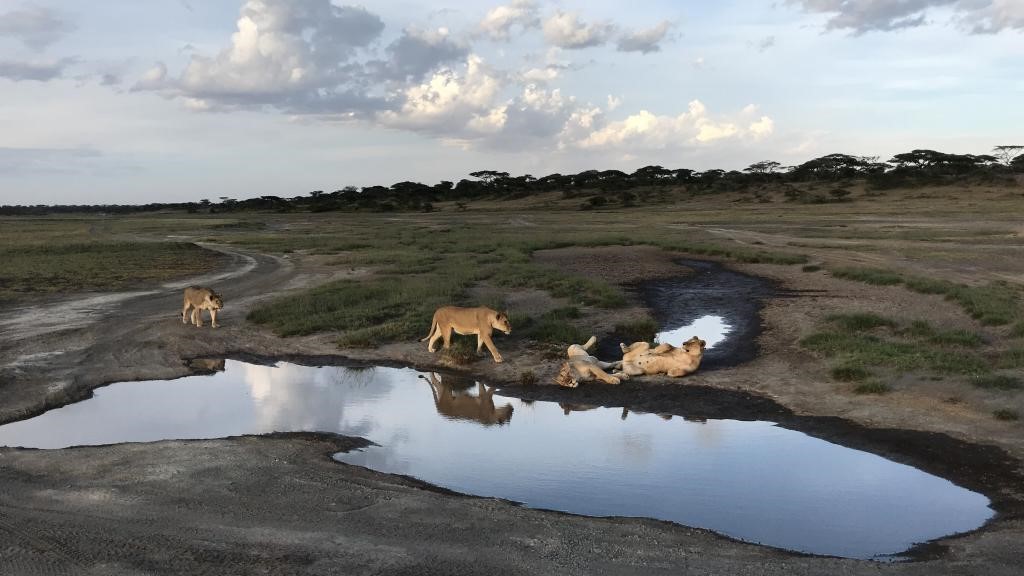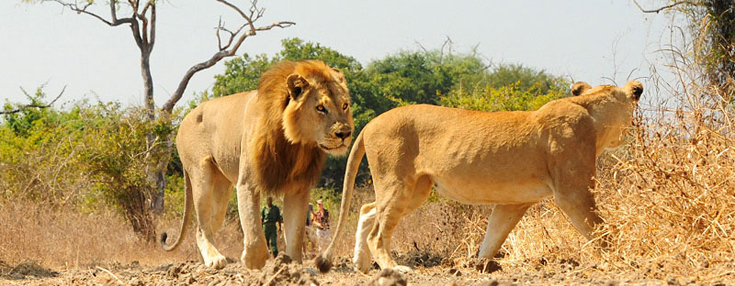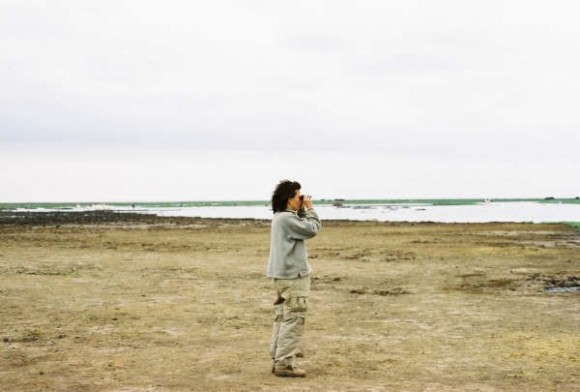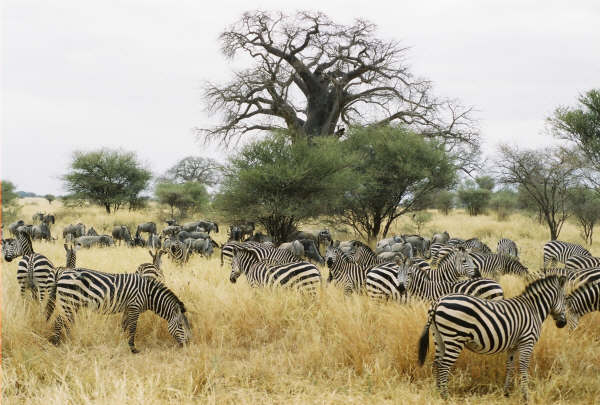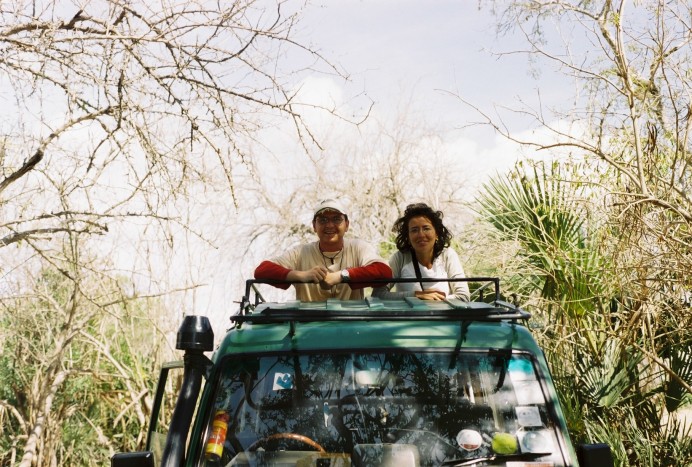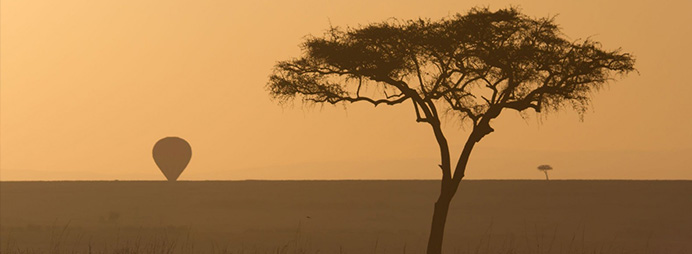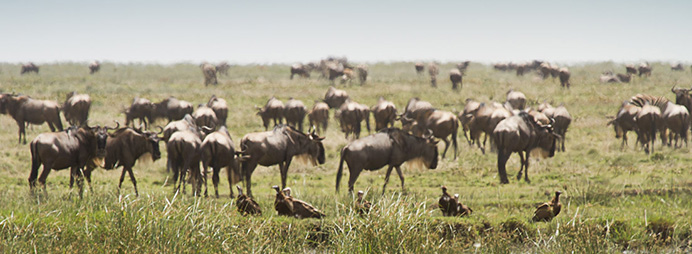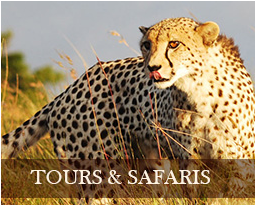Maasai History
The Maasai are a pastoral people who live in Kenya and Tanzania, in the Great Rift Valley of East Africa. They are cattle people who believe that all cattle on the earth belong to them and they still occasionally go on earth raids to retrieve herds from other tribes, which they believe must have been taken from them long ago. The strong bond the Maasai have with animals has necessitated a semi nomadic way of life for them as they follow the seasons in search of grass and water for their herds.
It is estimated that there are 400,000 to 600,000 Maasai. This is just an estimate because they do not like to be counted and sometimes hide themselves. Also, due to their nomadic way of life and remoteness of the area its difficult to get an actual number. You can easily indentify a Maasai by his/her slender body, narrow hips and well rounded shoulders, muscles and limbs.
The word Maasai means speaker of the language Maa. There are different distinctive groups of Maa-speaking people: those who properly lead a semi-nomadic, pastoral life and the Samburu, who are more settle and practice small scale agriculture.
Maasai steppe is divided into approximately eleven to twelve separate geographical sections: Iloitai, llkisongo, llpurko, llmatapato, lloodokilani, lldamat, llsiria, lkeekonyokie, llkaputiei, llsiria, llwuasinkishu, lldalalekutuk, and llaitayok. The largest portion of the Maasai steppe is the llkisongo of Tanzania while the second largest portion is the llpurko of Kenya. The Maasai living within a particular portion may belong to any of one of the five clans subsequently described. Each of the Maasai steppes has its own name, dialect, territory, ceremonies, ways of building huts and kraal, and leadership authorities.
The style and color of dress and beadwork also differ from place to place. In Tanzania, llkisongo prefer dark red and dark blue colors in bead decoration while Kenya maasai ìllpurkoî prefer orange and light blue. One of the differences in dressing is Tanzanian Maasai wear below the knee, while most of Kenyan Maasai prefer very short togas o shuka. Differences also exist in Tanzanian Maasai because they have had less contact with urban life and thus are more traditional.
It is believed that the Maasai originated in North Africa and migrated along the Nile River down to East Africa. The race is considered a hybrid between the Nilotics, a people coming from the Nile region and the Hamitics, a people originated in North Africa. Linguistically, the Maasai are closest to the Bari of Sudan. They share common traits with other groups of Nilotics origins such as customs like the shaving of womenís heads, the removal of two middle teeth from the lower jaw, the one-legged stock stance, and the use of spittle in blessing. The Hamitic practices among the Maasai range from circumcision during initiation rites and the age-grade system among young warriors to a dislike of eating fish and other sea food. The Hamitic Nuer of Sudan also share the Maasai belief that they are sole custodians of the earth cattle.
During the fifteenth century the Maasai arrived in East Africa, in the northern region of Kenya near Lake Turkana. The story of their arrival and the extreme difficulties they uncountered is one of the oldest memories handed down by oral traditional from the Maasai elder.
After a prolonged period of drought, which led to famine and deep discouragement, the elder noticed that birds were bringing green grass to build their nests. The elder met and decided that the birds must be fetching their green grass from areas beyond the escarpment where rain had fallen, and they would send out warriers to discover where the grass had come from.
The worriers went out and after much effort of crawling on their hands and knees, they did ascend the escarpment. They reached the top and found a land of green fertility filled with rivers and lush pastures. On this great exploration they gathered a few fruits and some green grasses then returned to show the evidence of what they had found.
The first group continued on their way southward, conquering tribes in their path. They were far more organized than the other tribes they uncountered and therefore were much feared. They defeated the warlike Galla tribes, the Ndorobo hunter and lltatua, whose well they took over. The Bantu tribes, such as the numerous Kikuyu and Chaga, were defeated with little resistance and were pushed to the slope of Mount Kenya and Mount Kilimanjaro.
In the late nineteenth century, the Maasai ranged over the wide, grassy plain extending many miles north to south from Marsabir in present day Northern Kenya to Kiteto, at the south end of the Maasai steppe in present day Tanzania. Until less than a century ago, the warlike reputation of the Maasai was so respected and feared by the Bantu living in East Africa, the Arabs involved in introducing slave trade in the interior, and by European explorers, that Maasailand remained relatively untouched.
Clans
It’s believed in the earlier days of the Maasai, Natero Kop married two wives. To one he gave red cows, and she built her house on the right-hand side of her husbandís gate to the kraal, the other was given black cows and occupied the left-hand side. Each of the wives was named according to the color of her cows. The first wife, nado Mongíi (The red cow), gave birth to three children: Lelian, who founded the llmolelian clan; lokesen, who founded the llmakesen clan, and losero, the founder of the lltaarrosero clan. These three clans form the right-hand pillar of the Maasai clans. The second wife, named Narok kiteng (the black cow), gave birth to two sons: Naiser, the original ancestor of the llaiser clan, and lukum, the founder of the lukumae clan. These two clans form the left-hand pillar of the Maasai clans. The llmolelian and llaiser clans are the most prominent and powerful among the Maasai, and so it is thought that they must have been founded by the eldest sons of each of the two pillars.
Within the five Maasai clans the members know which families may or may not intermarry. Itís recommended that the right pillar should marry the left pillar, but if marriage does occur within one pillar of clans, the prospective husband may pay a heifer if the man and women have children, their offspring is assumed the clan of the father. Also for each clan there is one principal mark or brand, and all the cattle belonging to the various families within the clan are branded in the special way. Besides branding, each family has specially way of slitting the ears of their animals. If a lost cow is seen, it can be recognized as belonging to the certain clan and also to such and such person. One has only to tell, by the brand or earmark, whether or not the owner is oneís relatives.
Also all young Maasai while they are young are toughed how to sing to the cattle, to describe their horn formations, humps and colors and their little individual peculiarities.
